© ROOT-NATION.com - Use of content is permitted with a backlink.
Today, we will delve into the military standard MIL-STD 810H, its advantages, its purposes, and the benefits it offers.
If you are involved in developing or manufacturing defense equipment or have an interest in technology in general, there is a high chance you have heard about the military standard MIL-STD-810. The first version of MIL-STD-810 was released in 1962, with direct specifications from the previous standard initially established by the Pentagon before 1945.
Special environmental standards and testing methods were developed for equipment intended for military use. Thus, the military standard MIL-STD-810 was created under the title “Environmental Engineering Considerations and Laboratory Tests.” This standard became essential for most U.S. Department of Defense programs to ensure that deployed equipment could withstand extreme conditions throughout its entire lifecycle. Every component integrated into the systems must be designed, tested, and integrated with these environmental standards in mind.
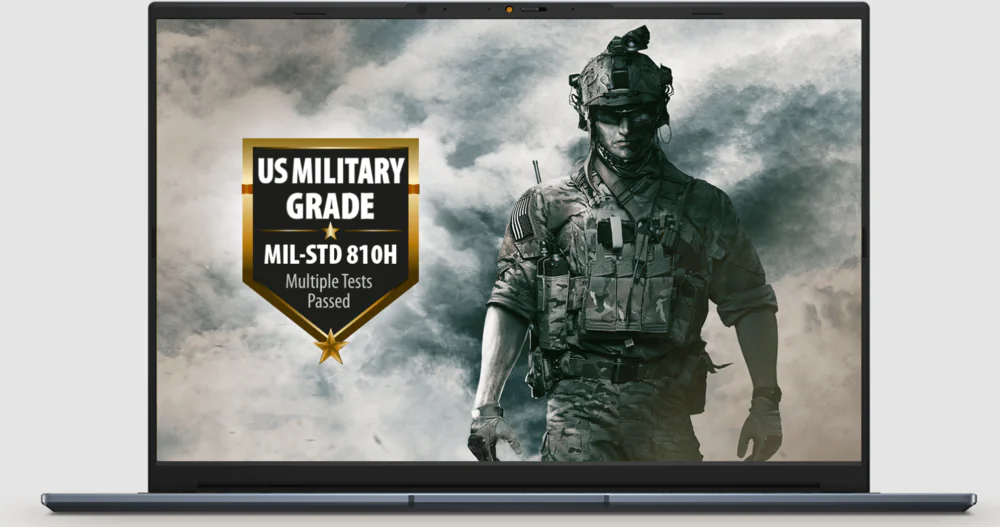
It has been claimed that compliance with MIL-STD-810 standards ensures that systems can withstand real-life stress situations while continuing to function reliably. This includes resistance to vibration, shocks (including gunfire and ballistic impacts), extreme temperature ranges, humidity, rain protection, sand and dust penetration, explosive environments, fungi, and more.
Despite MIL-STD 810H being quite removed from consumer electronics, we have seen claims of compliance with this standard for many products. Although these devices are not intended for military use, manufacturers strive to obtain the corresponding certification for their products. But does this truly benefit us, or is it just unnecessary expenses for manufacturers? Let’s find out.
Read alsо: 6 Best AI Music Generators That Are Already Available
What is MIL-STD
First, let’s understand the military standard itself. MIL-STD is a shorthand name used by the U.S. Department of Defense for military standards, also known as MIL-SPEC or military specifications. MIL-STD documents are detailed guidelines used by the U.S. Department of Defense and industry to ensure that technologies and equipment meet environmental specifications.
MIL-STD standards are also often applied to industrial and commercial equipment that operate in harsh environmental conditions. Examples include rugged laptops, tablets, and smartphones.
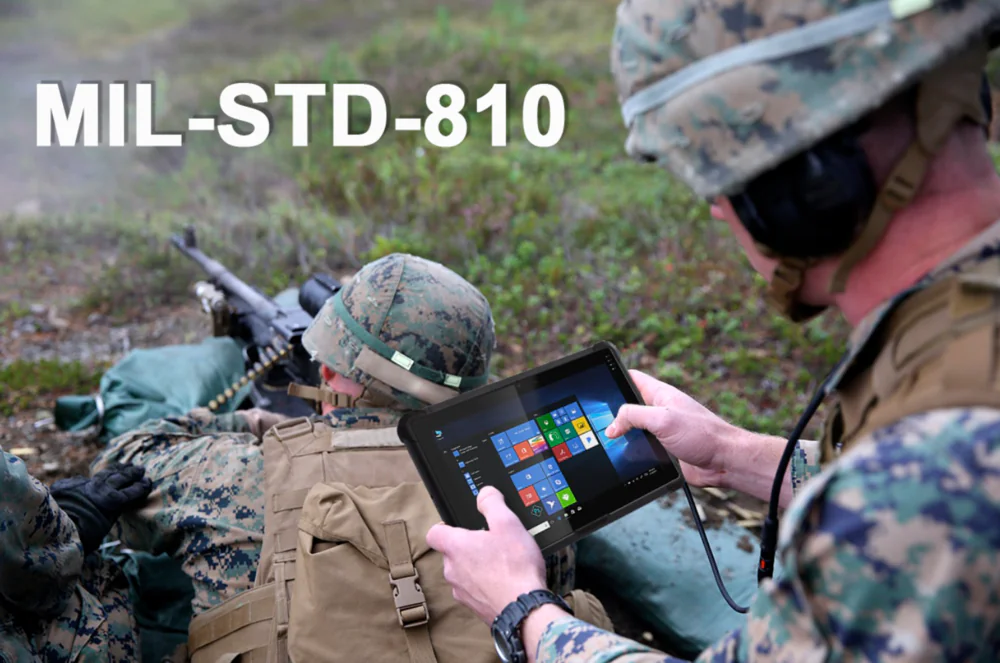
The Defense Standardization Program of the U.S. Department of Defense (DoD) stipulates that standardization also facilitates interoperability between military departments and U.S. allies, ensuring compatibility of various types of equipment within the supply system.
MIL-STD standards are adhered to by a wide range of groups involved in the acquisition process of material resources, including program managers, environmental engineering specialists (EES), and communities focused on design, testing, and evaluation. These standards are particularly crucial for the industry as they provide clear guidelines for designing and developing products that meet these stringent military requirements.
If equipment meets military specifications or standards such as MIL-STD 810, it means that it has been meticulously designed and manufactured to pass the rigorous tests outlined in the official Department of Defense document MIL-STD.
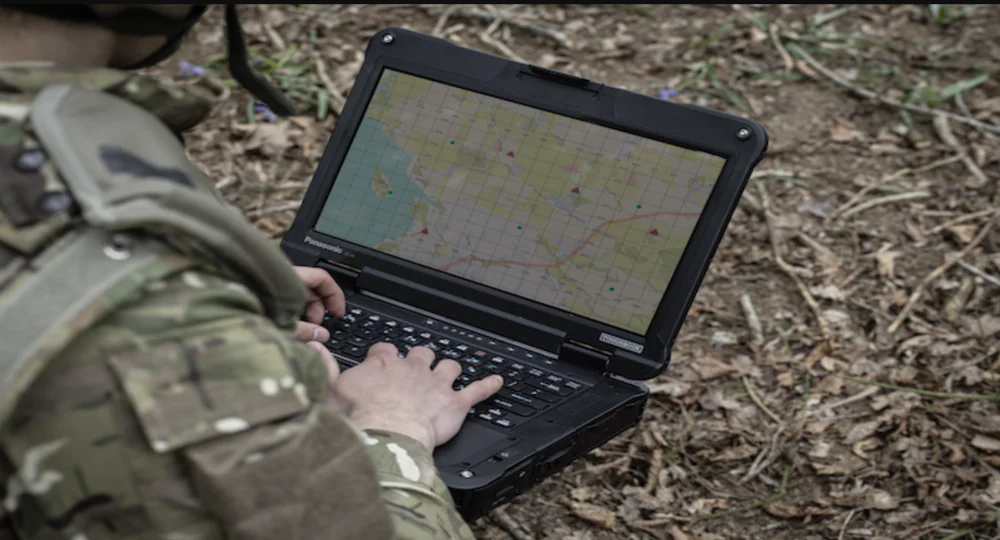
MIL-STD-810 is a specification divided into three parts, widely used by the Army, Navy, and Air Force of the United States. Each MIL-STD document is assigned a unique number that identifies the document (each focusing on a specific area) and a letter denoting its version, for example, MIL-STD-810H.
Read alsо: How to Run ChatGPT as a Windows Program
MIL-STD 810H: certified military standard
The latest version “H” of MIL-STD-810 was released on January 31, 2019. The previous version “G” was first introduced in 2008. According to the Department of Defense report, the newest version MIL-STD-810H “acknowledges that environmental design and testing adaptation processes have expanded to encompass a wide range of managerial and technical interests.”
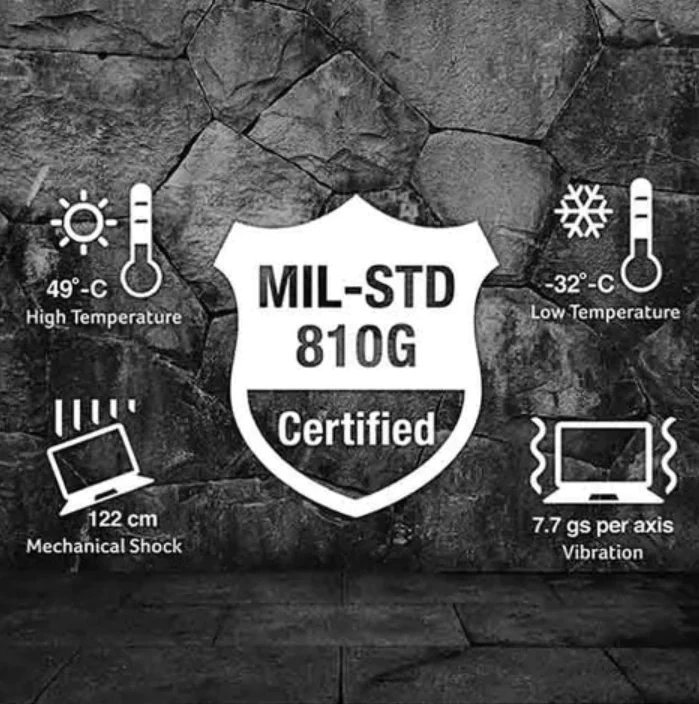
In other words, MIL-STD-810H is a U.S. military standard that outlines a series of rigorous environmental tests to evaluate the durability of military equipment under a wide range of extreme conditions it may encounter during service. This standard, published by the U.S. Department of Defense, is used by manufacturers worldwide to test and certify the longevity of their electronic products.
It’s important to note that MIL-STD-810H does not “prescribe design or testing specifications”; rather, it emphasizes “tailoring.” Therefore, MIL-STD-810H describes an adaptation process to environmental conditions, ensuring that real-world material constructions and testing methods align with system performance requirements.
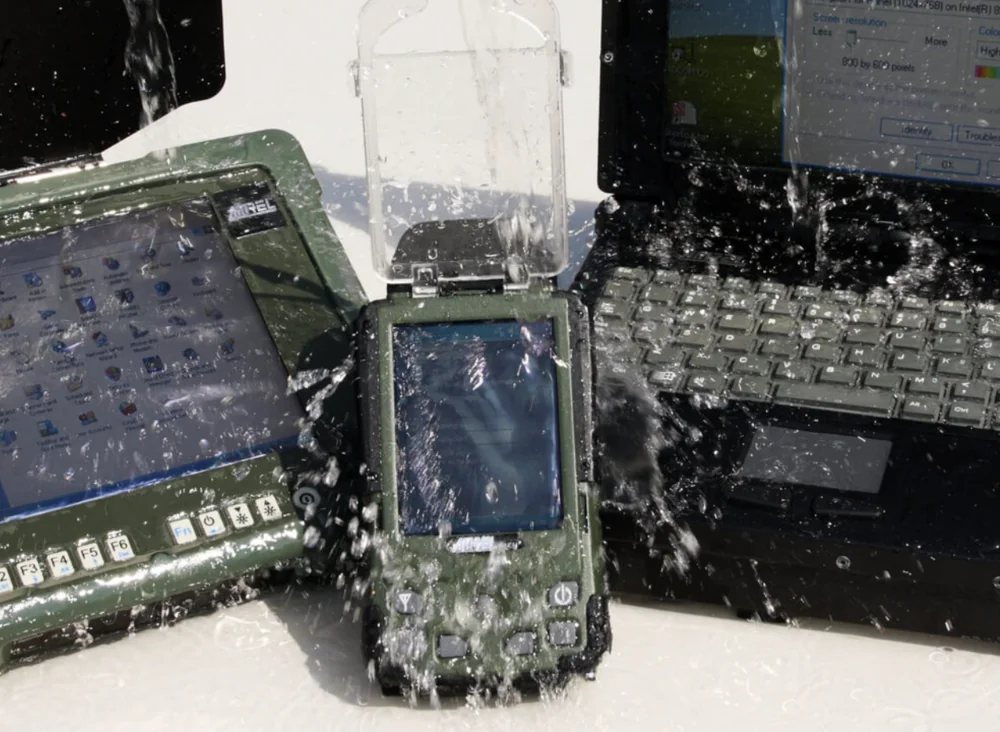
The standard consists of three sections:
- General Program Guidelines: It includes engineering directives and outlines the approach to developing and manufacturing systems capable of withstanding extreme climatic conditions, impacts, and vibrations.
- Laboratory Testing Methods: These are integral to the manufacturing process, where engineers gather the most information about testing procedures.
- Climate Regions of the World: This section provides guidelines for realistically considering climate conditions in the research, development, testing, and evaluation of materials and equipment.
These sections are critically important for engineers as they establish specific procedures for equipment testing to meet the MIL-STD-810 standard.
It’s important to note that sometimes equipment only partially meets the MIL-STD-810 standard. This means not all parts or components of the device have undergone all laboratory testing methods and procedures. Otherwise, certification would become extremely costly and labor-intensive. Therefore, the focus is on adapting the process as described above, especially concerning factors such as equipment placement and usage scenarios.
Read also: Qualcomm Snapdragon X Elite for Laptops: Everything You Need to Know
How is MIL-STD-810H verification performed?
Testing according to MIL-STD-810H has its specific features compared to other commercial durability standards.
The second part of the MIL-STD-810H document includes all laboratory testing methods that can be used to test the device. The word “can” is important here, as none of the methods are mandatory for meeting the standard.
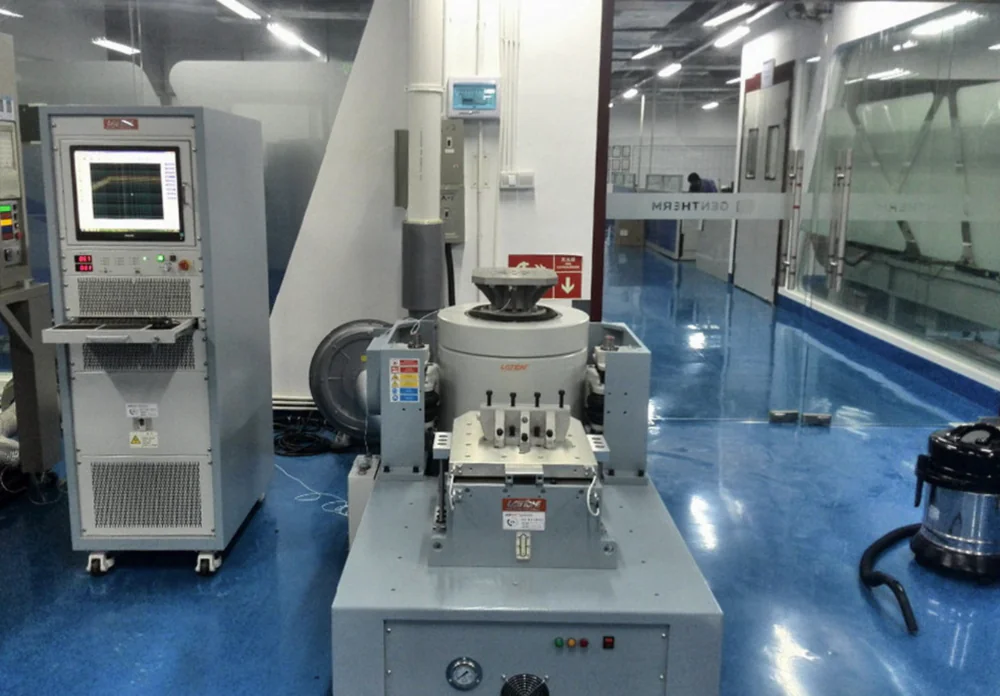
The selection of which tests a device should undergo depends on its intended use (as outlined in the first part of the document) and the climatic environment in which it will be used (as detailed in the third part of the document).
Read also: What is Spatial Audio, How Does It Work, and How to Use It
MIL-STD 810H in process equipment
Currently, MIL-STD-810H is also used by companies as a marketing tool to attract consumer attention to ordinary products. For example, motherboards, smartwatches, processors, laptops, and more undergo the same tests as if they were intended for military use, although they are actually designed for civilian consumption. This is intended to assure buyers that they are getting a durable and reliable product with a longer service life than the standard average.
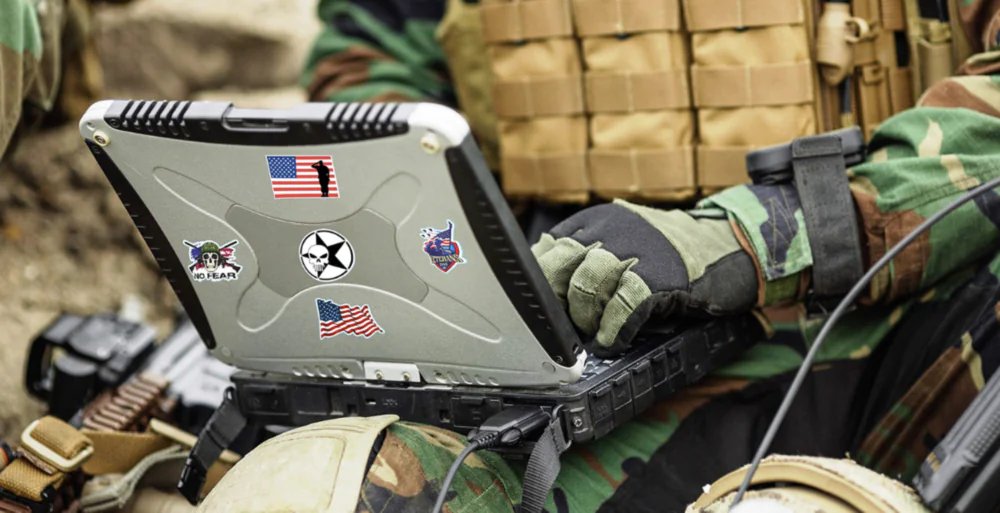
For example, several decades ago, AMD subjected all its processors to this standard, regardless of whether they were intended for consumer or military use. This was something that other competitors did not do. Jerry Sanders’ strategy aimed to attract customers through quality assurance.
Electronic devices that have received MIL-STD 810H certification, both military and those that enter our homes, must withstand the following tests:
- Extreme Temperatures: Devices are subjected to extremely high and low temperatures to evaluate their ability to function in hot and cold climates, as well as under battlefield conditions.
- Humidity: Devices are exposed to high levels of humidity (RH) to test their resistance to condensation, mold, and corrosion.
- Vibration: Different frequencies and intensities of vibration are used to assess the equipment’s resilience to shocks and vibrations during transportation or use in environments where the device won’t remain static.
- Impact: Devices are subjected to sharp impacts to assess their ability to withstand drops and other impacts.
- Dust and Sand: Equipment is exposed to dust and sand to test its resistance to particle ingress, which could damage internal components.
- Atmospheric Pressure: Laboratory simulations of atmospheric pressure changes are used to evaluate performance at high altitudes or under low-pressure conditions.
- Other Tests: Devices may undergo testing for resistance to ultraviolet radiation, salt spray, and other environmental factors.
Maybe this also reminds you of other tests like IPxx certification. It’s designed for consumer products that also need protection from solid particles and liquids, as with some mobile devices with IP68 ratings, wireless speakers with IP68 ratings, and so on.
Read also: What is a Security Patch and Why Is It So Important?
Test methods
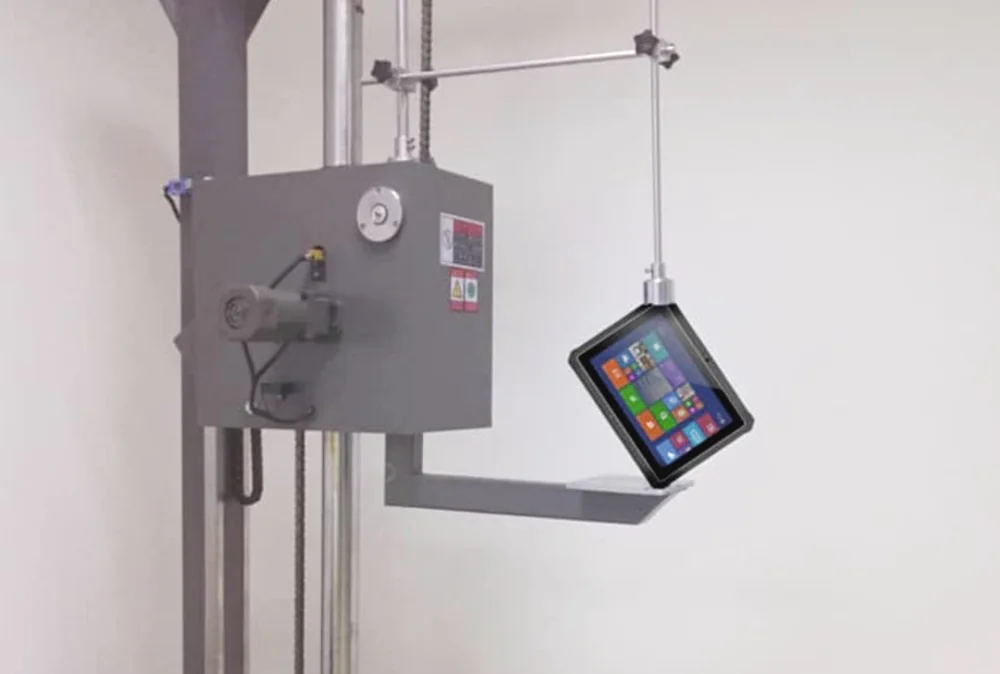
Let’s take a closer look at the test methods for compliance with the MIL-STD-810 standard. Here we have a rather large and interesting list:
- 500.5 – Low Pressure (Altitude): This method checks whether the product operates under low-pressure conditions or withstands rapid pressure changes. It does not apply to products intended for assembly or operation in space.
- 501.5 – High Temperature: This test investigates the effects on materials and equipment at high temperatures. It does not assess prolonged exposure to high temperatures or degradation consequences.
- 502.5 – Low Temperature: Similar to the previous method, it assesses the reliability of materials at low temperatures, focusing on performance during storage, operation, and transportation. It does not involve testing products in vacuum environments.
- 503.5 – Impact Temperature: This test is suitable for aerospace purposes. It investigates the impact of rapid temperature changes on the device’s structure and performance.
- 504.1 – Fluid Contamination: If equipment is expected to encounter fluid exposure during its lifecycle, this method ensures proper functioning under such conditions.
- 505.5 – Solar Radiation (Sunlight): This test is used if the equipment is expected to be exposed to solar radiation, such as direct sunlight.
- 506.5 – Rain: This test includes factors beyond just rain, such as splashes or dripping water during storage, transportation, or operation. A robust, sealed enclosure plays a crucial role here, preventing water from infiltrating internal components.
- 507.5 – Humidity: Checks the impact of warm and humid environments on equipment.
- 508.6 – Fungi and Mold: Investigates the potential impact of mold and fungi on metal structures and finishes.
- 509.5 – Salt Fog: Checks whether the device’s protective surface can withstand a saline environment and its impact on physical and electronic components.
- 510.5 – Sand and Dust: Evaluates the device’s protection against dust and sand particles and verifies the effectiveness of filters.
- 511.5 – Explosive Atmosphere: Measures whether the equipment can operate in an explosive environment without causing an explosion, and what the consequences might be if an explosion occurs. Suitable for the oil and gas industry.
- 512.5 – Immersion: Checks the device’s operation during full or partial immersion in water.
- 513.6 – Acceleration: Verifies if the device functions properly under high acceleration, such as in an aircraft.
- 514.6 – Vibration: Ensures proper functioning of equipment components at all vibration levels.
- 515.6 – Acoustic Noise: Checks if noise can negatively impact the device’s operation.
- 516.6 – Shock: Tests the device’s resilience to shocks during transportation, handling, and operation.
- 517.1 – Pyrotechnic Shock: Ensures the device’s stability during and after explosions nearby.
- 518.1 – Acidic Atmosphere: Checks equipment and surface treatment resilience to corrosion from high acidity.
- 519.6 – Recoil: Measures the device’s durability against short-term recoil during firearm shooting.
- 520.3 – Temperature, Humidity, Vibration, Altitude: Evaluates how equipment withstands the combination of these four factors. Applies to both aircraft and ground transportation.
- 521.3 – Freezing/Rain-Ice: Assesses the equipment’s resilience to conditions that could cause freezing or icing.
- 522.1 – Ballistic Shock: Tests the device’s durability against sudden impulse changes, such as collisions of moving objects with obstacles.
- 523.3 – Vibroacoustics/Temperature: Tests the combination of different load factors on aircraft during flight.
- 524 – Freezing/Thawing: Evaluates the transition between solid and liquid states and its impact on the equipment’s construction and performance.
- 525 – Time Signal Replication: Determines how long the device can withstand specific harsh conditions before structural or performance changes occur.
- 526 – Impact during Rail Transportation: Checks how well the equipment can withstand anticipated impacts during rail transportation.
- 527 – Multi-Factor Stress Test: Applies multiple stress factors simultaneously to the device to determine how long it can operate before showing signs of weakness.
- 528.1 – Mechanical Vibrations of Shipboard Equipment (Type I – Environmental and Type II – Internally Generated): Investigates the impact of environmental or internally generated vibrations on equipment installed on ships.
Read also: Main Differences Between LED, OLED, and QLED in TVs
How MIL-STD-810 is tested by commercial manufacturers
While MIL-STD-810 was originally intended for military applications, today it also extends to the civilian sector. Many manufacturers seek to leverage the strong reputation of this standard by labeling their robust phones, laptops, computers, cameras, and other consumer electronics with its mark.
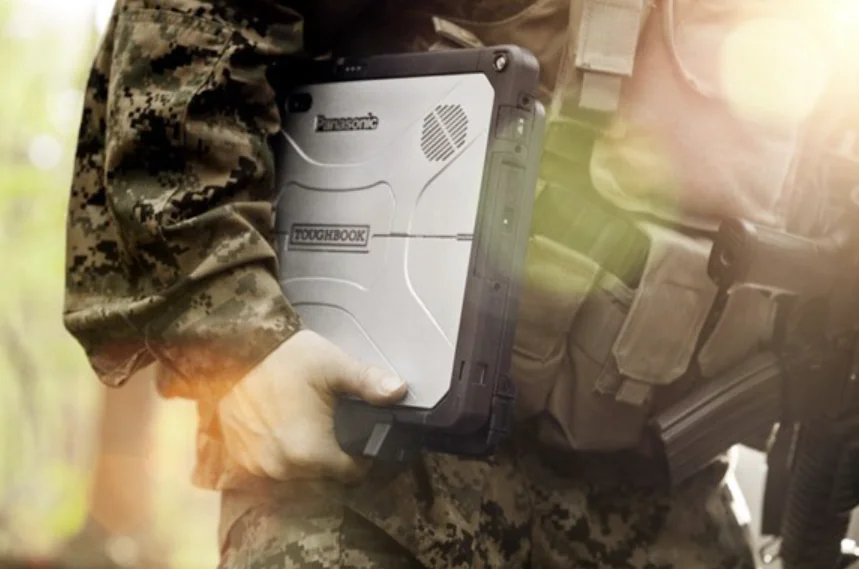
However, the problem arises from the lack of clarity on when a device truly meets the MIL-STD-810H standard and which specific tests it has passed. Often, this label can be merely a marketing tactic that has little practical impact on the product’s performance.
For example, here’s how ASUS tested its rugged laptops:




When choosing electronics certified under this standard, it’s important to understand that no organization or agency verifies MIL-STD-810 compliance in the commercial sector. It’s possible that irrelevant testing methods were used to obtain the MIL-STD-810 marking. There are also cases where testing was conducted internally by the company rather than by an independent testing laboratory.
Read alsо: Phi-3-mini – Microsoft’s Breakthrough in Artificial Intelligence?
How MIL-STD-810 differs from IP rating
IP (Ingress Protection) is a standard defined by the International Electrotechnical Commission (IEC). It specifies the level of protection of devices and equipment against the ingress of unwanted substances such as dust, water, or foreign bodies.
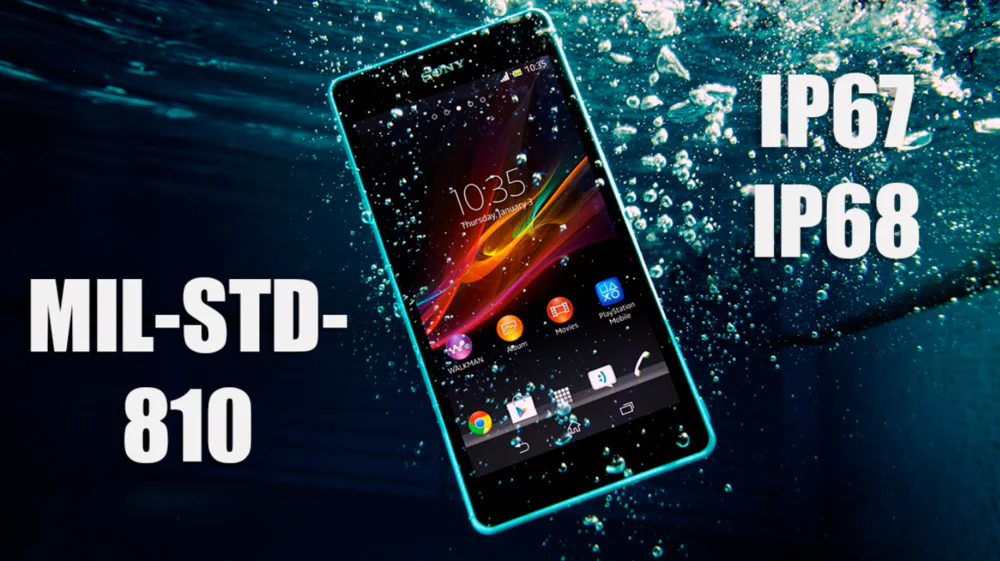
Someone might think that there’s little difference between IP and MIL-STD-810, but that’s not the case. Here are the main differences between IP and MIL-STD-810:
- Scale of testing: MIL-STD-810 covers testing in various conditions, whereas IP focuses solely on resistance to solid particles and liquids that can penetrate the device.
- Condition setting: IP testing has more clearly defined conditions that a device must meet to achieve this standard.
In practice, both standards help choose products with higher durability, but if I had to decide, I would prefer the IP standard. But this is my subjective opinion.
Read also: 10 Mistakes That Simplify the Work of Hackers
Where to find the MIL-STD-810H standard
First of all, you can encounter versions of the MIL-STD-810G and H standards across a wide range of modern consumer electronics. However, there are certain categories of products where this standard is more prevalent. Let’s delve into the details.
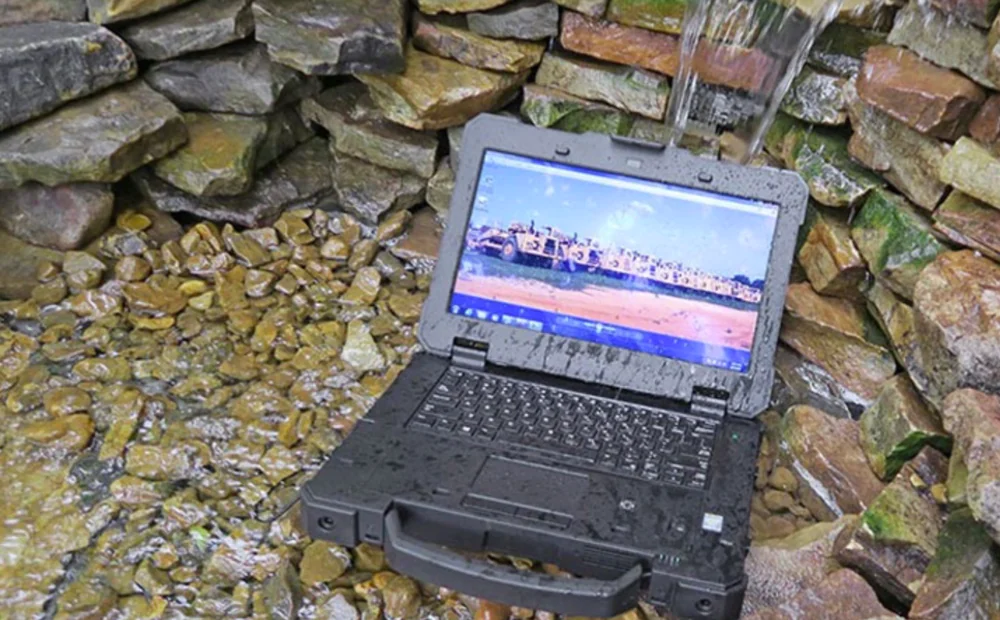
The most common are:
- Rugged Phones and Smartwatches: Some manufacturers use the MIL-STD-810 standard to produce rugged phones and smartwatches designed for use in tough conditions, such as construction sites or mountain environments.
- Computers, Tablets, and Laptops: Similar to phones, you can find the MIL-STD-810 standard applied in computers, tablets, and laptops designed to operate in challenging environments.
- Cameras and Camcorders: Some camera and camcorder manufacturers also utilize this standard to develop robust models suitable for use in harsh conditions.
- GPS navigation and radio stations: MIL-STD-810 can also be found in communication devices such as radios or GPS navigation systems, which need to withstand various external influences.
Read also: What is HDR in monitors and how to properly adjust it
Is it critical to support the MIL-STD-810H standard?
If a device successfully passes MIL-STD-810H testing, it means that it is resistant to the adverse environmental conditions specified in the standard. While this doesn’t guarantee that the device won’t be damaged, it indicates that it is designed and manufactured to withstand use in harsh conditions.
It should be noted that MIL-STD 810H support is critically important for military applications. While it may not be essential for the average consumer to purchase a product with this certification, it can be appealing. As consumers, we often buy mobile devices, wireless speakers, smartwatches, laptops, motherboards, cameras, GPS devices, and other products that are designed to withstand more extreme conditions. Therefore, if such devices encounter adverse environmental conditions, they are likely to continue functioning as if nothing happened. In contrast, a product without MIL-STD 810H certification is likely unsuitable for use under the same conditions.

When you see that a device meets the MIL-STD 810H standard, it doesn’t mean that the Ministry of Defense has approved it solely for military use. Manufacturers themselves guarantee that they have passed these tests in accredited independent laboratories. Such a product will last longer and prove to be a reliable companion in extreme situations.
Read also:
- What is a Security Patch and Why Is It So Important?
- Transistors of the Future: New Era of Chips Awaits Us

